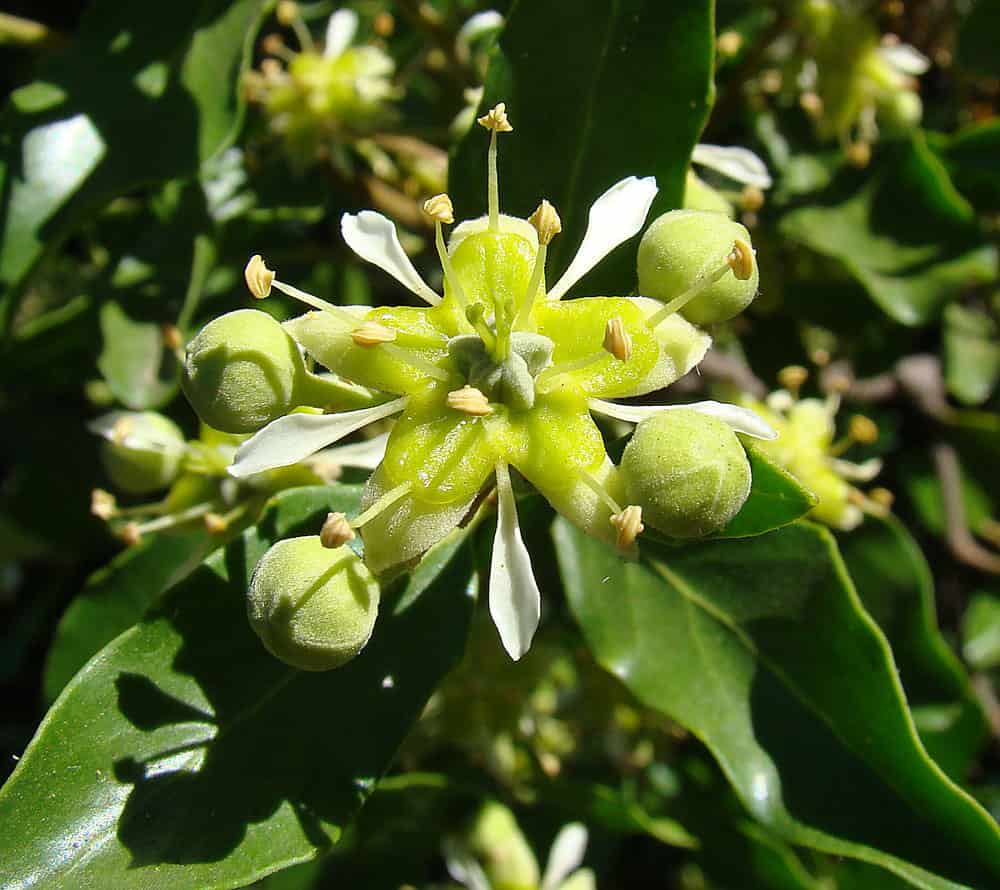
The medicinal value of some plants is pretty straightforward. Chamomile is a digestive relaxant and has been used to treat various gastrointestinal disturbances; mint also contains compounds that can aid the stomach; turmeric can reduce inflammation. But with others, it takes a bit of modern science to unlock their potential.
The Chilean soapbark, Quillaja Saponaria, has been treasured for over a century in veterinary medicine but was considered unsuitable for humans due to poor tolerability. The food and drink industry also loves the tree because of its molecules called QS saponins — molecules that act as foaming agents.
But when the COVID-19 vaccine race started, saponins turned out to also be useful for humans. The Novavax vaccine, approved in countries worldwide, uses saponins from this plant. The saponins don’t act as an active ingredient, but rather as an adjuvant, boosting the potency of the vaccine by increasing the immune response.
It’s not the first adjuvant we’ve discovered, but it’s one of the few known substances that can play this role. Until not that long ago, only insoluble aluminum salts or special emulsions using a compound from shark liver were used. The Novavax vaccine showed that we can also include soapbark on this list.
However, having access to a sustainable and reliable stream of plant-derived compounds can be challenging — especially if you’re competing for it with other industries. So for vaccine researchers, it would be great if we could produce the saponins in a lab. But we couldn’t — until now.
“These are complex molecules that have thwarted attempts to synthesize them at scale using chemistry in the lab. After many twists and turns, we have now discovered the core set of genes responsible for the biosynthesis of QS saponins,” says James Reed, first author of the study and postdoctoral researcher at the John Innes Centre.
Reed and colleagues started by sequencing the genome of the plant and then identified which of the around 30,000 genes were responsible for the saponin biosynthesis. They zoomed in on 16 genes that produce the enzymes which then produce the saponin. It’s a bit like having a step-by-step biological tutorial on how to produce saponins in a lab without having to even harvest any material from the tree.
The molecules they produced are comparable to those naturally derived. The team is now partnering with a public company to scale production and obtain higher quantities.
It’s not clear if this type of saponin will be used for any other vaccines, but they seem promising. It’s not the old-fashioned way of using a plant to make medicine, but it’s a very potent one, and possibly one that’s robust enough to be used in multiple different vaccines — and if there’s anything we’ve learned in the COVID-19 pandemic, it’s that having vaccines for the task can make all the difference in the world.
“The COVID-19 pandemic has demonstrated the huge demand for life-saving vaccines,” says Professor Anne Osbourn, lead authors of the study, and a group leader at the John Innes Centre said. “By assembling the genome sequence of Quillaja saponaria we now have the instruction manual which has enabled us to decode how the tree makes these potent medicinal molecules. This opens the possibility of producing known and new-to-nature saponin-based vaccine adjuvants optimized for immunostimulant activity and suitable for human applications in our rapid transient plant expression system.”
The study was published in Science.



